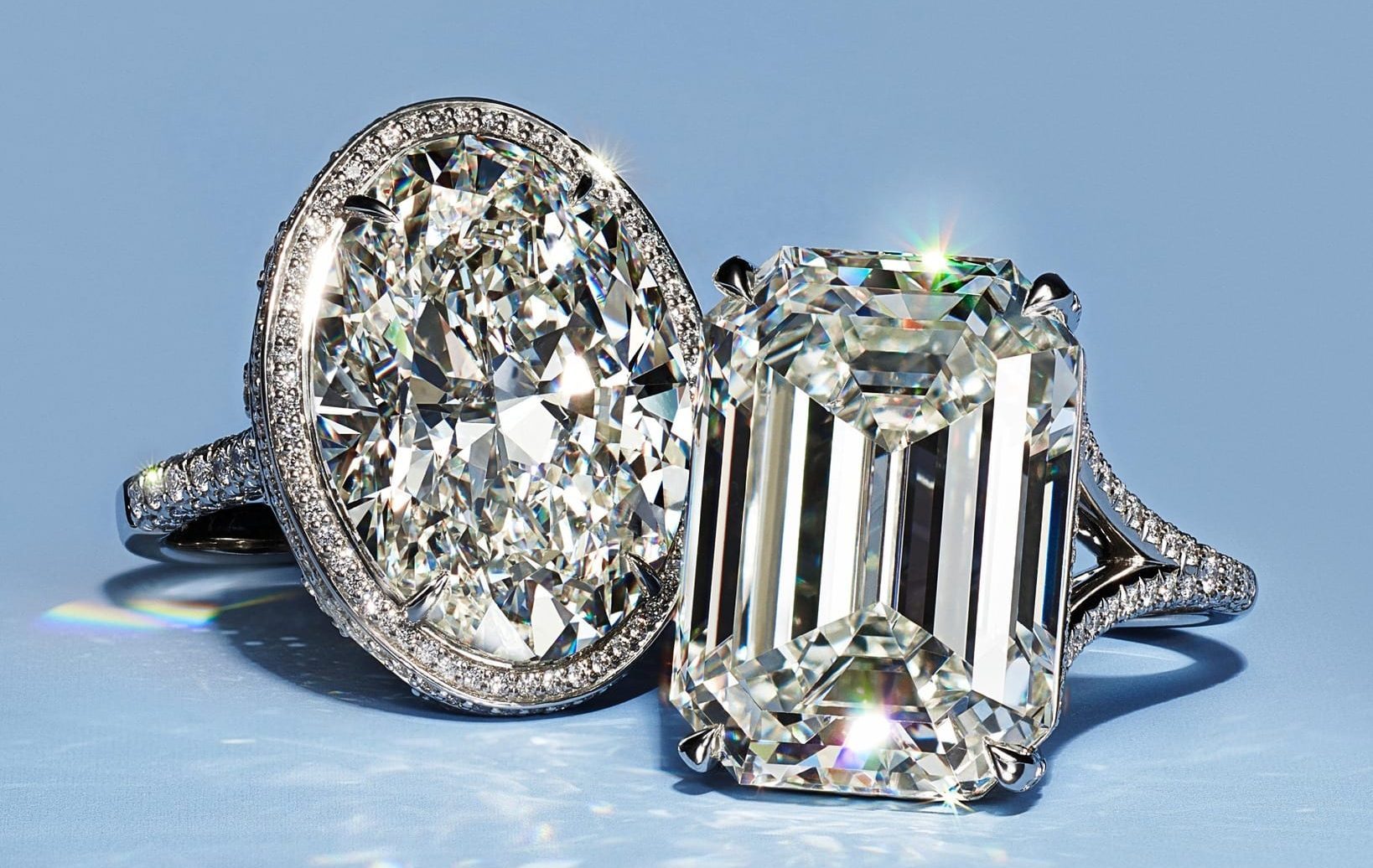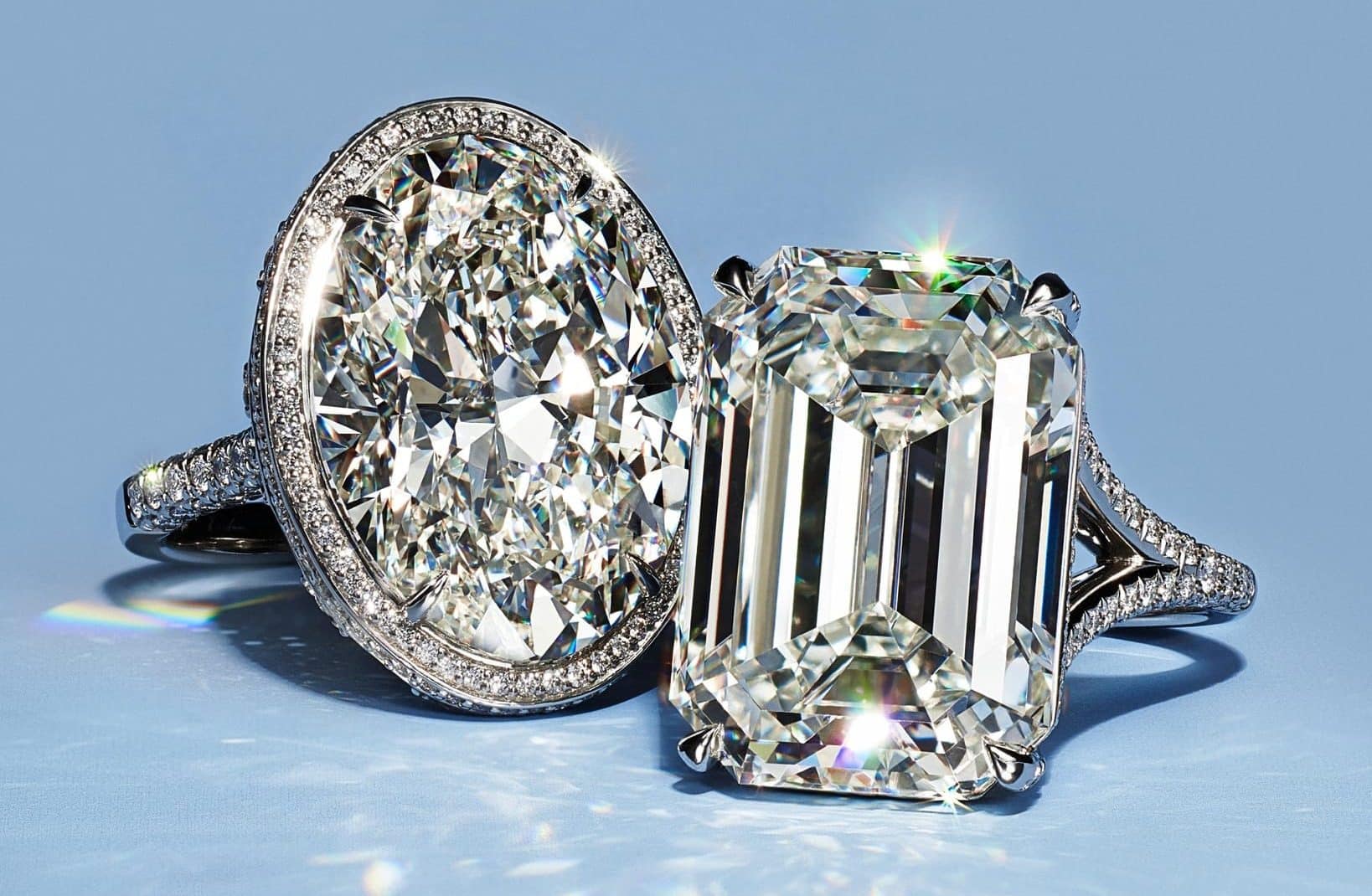The global pandemic and the sanctions against Russian products are all elements that play on the diamond industry. Explanations.
Like coal, oil or gas, diamonds are a non-renewable resource. Molded by a combination of intense heat and pressure over billions of years, they are a limited number. “For every diamond mined from the ground, there is one less to be found,” explains Evan Smith, a researcher at the Gemological Institute of America.
But the limit has not yet been reached. Indeed, all around the globe, there are large pockets of land that could be targets for diamonds, as Evan Smith explains, and exploration continues in remote places such as the Melville Peninsula and Baffin Island in the far north of Canada.
South of the equator, an African nation is poised to become the only country in the world where the three largest diamond miners: Alrosa, De Beers Group and Rio Tinto, are all present. It is Angola.
“We are not necessarily running out of natural diamonds. We are short of economic deposits at current prices,” comments industry analyst Paul Zimnisky. The future of Russian supply is another element of uncertainty, as one of the world’s largest producers, Alrosa, can no longer do business with one of the world’s largest diamond markets, the US.
Pressures
2020, the start of the global pandemic: Closure and restrictions around the world also lead to the closure of diamond mines.
This was the case with De Beers, whose CEO, Bruce Cleaver, told National Jeweler in May 2020, that the challenges of mine closures were “complicated ecosystems.” Indeed, in deciding which mines to close and for how long, the group had to solve a difficult equation, Cleaver explained at the time, because how do you ensure the safety and health of its workers and the communities surrounding its mines, without cutting off their only source of income?
Diamond miners around the world faced this problem throughout 2020, with production falling 22% from the previous year to a record low of 107.3 million carats, according to Kimberley Process statistics. The largest declines were in Russia, Canada, Botswana and Australia, according to a report by Bain and Company.
Rarity
Over the years, diamonds have become highly sought-after collectibles, with prices soaring. After the covid-19-related closures in 2020, demand for diamond jewelry rebounded faster than expected, spurred by savings as people were unable to take trips, go out to eat or have other experiences, as well as the emotional appeal of the stones.
According to Olya Linde, a partner in Bain and Co.’s Energy and Natural Resources practice and one of the authors of the firm’s 2020-2021 Global Diamond Report, all the investments the industry has made in recent years to emphasize storytelling and emotion when selling diamonds paid off, when the pandemic hit.
“Diamonds struck a chord. They (diamond marketers) were always talking about emotional connections, and during the pandemic, consumers turned to that,” she explains. A surprisingly bullish 2020 has led to a similarly trendy 2021, of strong demand for diamonds.
Read also > Ukraine-Russia war: Synthetic diamonds, a new source of income for jewelers and watchmakers?
Featured photos : © Tiffany and Co.









